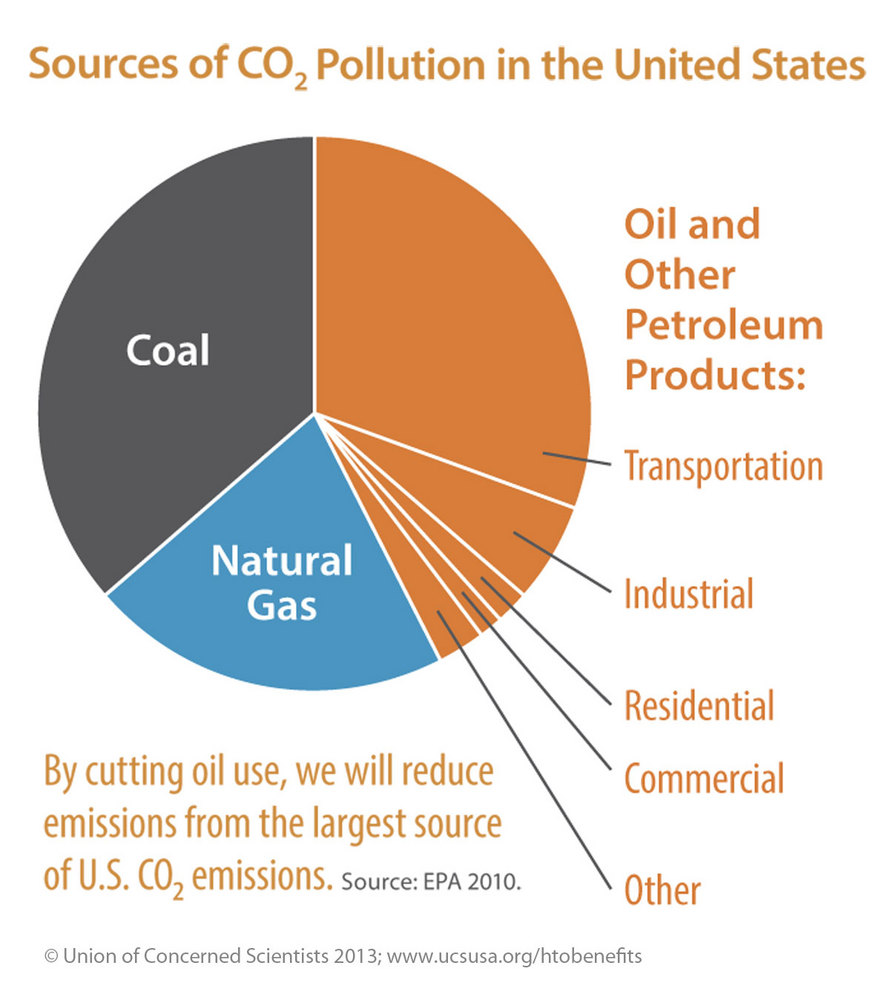Biodiesel ready to respond to Obama's climate change initiative



June 24, 2013
BY Ron Kotrba
President Barack Obama spoke at Georgetown University June 25 to unveil his vision on what’s needed to prepare for the impacts of climate change, and how the U.S. can lead the global effort to fight it.
“This is a serious challenge, but it’s one uniquely suited to America’s strengths,” Obama said. “We’ll need scientists to design new fuels, and farmers to grow them. We’ll need engineers to devise new sources of energy, and businesses to make and sell them.” Workers are needed, Obama said, to build the foundation for a clean energy economy, and he implores all citizens to do their part “to preserve God’s creation for future generations,” adding that we owe it to the children of future generations to do what we can. “We all have a stake in solving it together.” To view Obama's plan, click here.
With its advanced biofuel status as designated by the U.S. EPA, biodiesel from soy, waste grease and many other feedstocks reduces greenhouse gas emissions by 57 to 86 percent compared to petroleum diesel fuel, according to the agency’s life cycle analyses. This is important because EPA data suggests oil and petroleum-based products account for the largest source of U.S. carbon emissions.
“The nearly 9 million medium- and heavy-duty trucks on the road today consume about 20 percent of all transportation fuel used each year,” stated the Union of Concerned Scientists, an organization whose Half the Oil plan is an initiative to reduce the amount of oil consumed in the U.S. by 50 percent in 20 years.
Advertisement
Advertisement
As for biodiesel’s role on the fuel side of the equation, work has long since begun. “We look forward to hearing President Obama’s proposals and certainly think biodiesel has a significant role to play in this effort in the transportation sector,” Anne Steckel, vice president of federal affairs for the National Biodiesel Board, told Biodiesel Magazine prior to Obama's speech. “As the first EPA-designated advanced biofuel to reach 1 billion gallons of annual production, biodiesel is a practical, cost-effective solution that’s available today. Our industry has set a goal of displacing 10 percent of the on-road diesel market by 2022. Achieving that goal would substantially reduce carbon emissions, with the added bonus of creating thousands of jobs and reducing our dependence on imported fuels.”
Advertisement
Advertisement
Related Stories
The U.S. EPA on July 8 hosted virtual public hearing to gather input on the agency’s recently released proposed rule to set 2026 and 2027 RFS RVOs. Members of the biofuel industry were among those to offer testimony during the event.
The USDA’s Risk Management Agency is implementing multiple changes to the Camelina pilot insurance program for the 2026 and succeeding crop years. The changes will expand coverage options and provide greater flexibility for producers.
President Trump on July 4 signed the “One Big Beautiful Bill Act.” The legislation extends and updates the 45Z credit and revives a tax credit benefiting small biodiesel producers but repeals several other bioenergy-related tax incentives.
CARB on June 27 announced amendments to the state’s LCFS regulations will take effect beginning on July 1. The amended regulations were approved by the agency in November 2024, but implementation was delayed due to regulatory clarity issues.
SAF Magazine and the Commercial Aviation Alternative Fuels Initiative announced the preliminary agenda for the North American SAF Conference and Expo, being held Sept. 22-24 at the Minneapolis Convention Center in Minneapolis, Minnesota.
Upcoming Events










